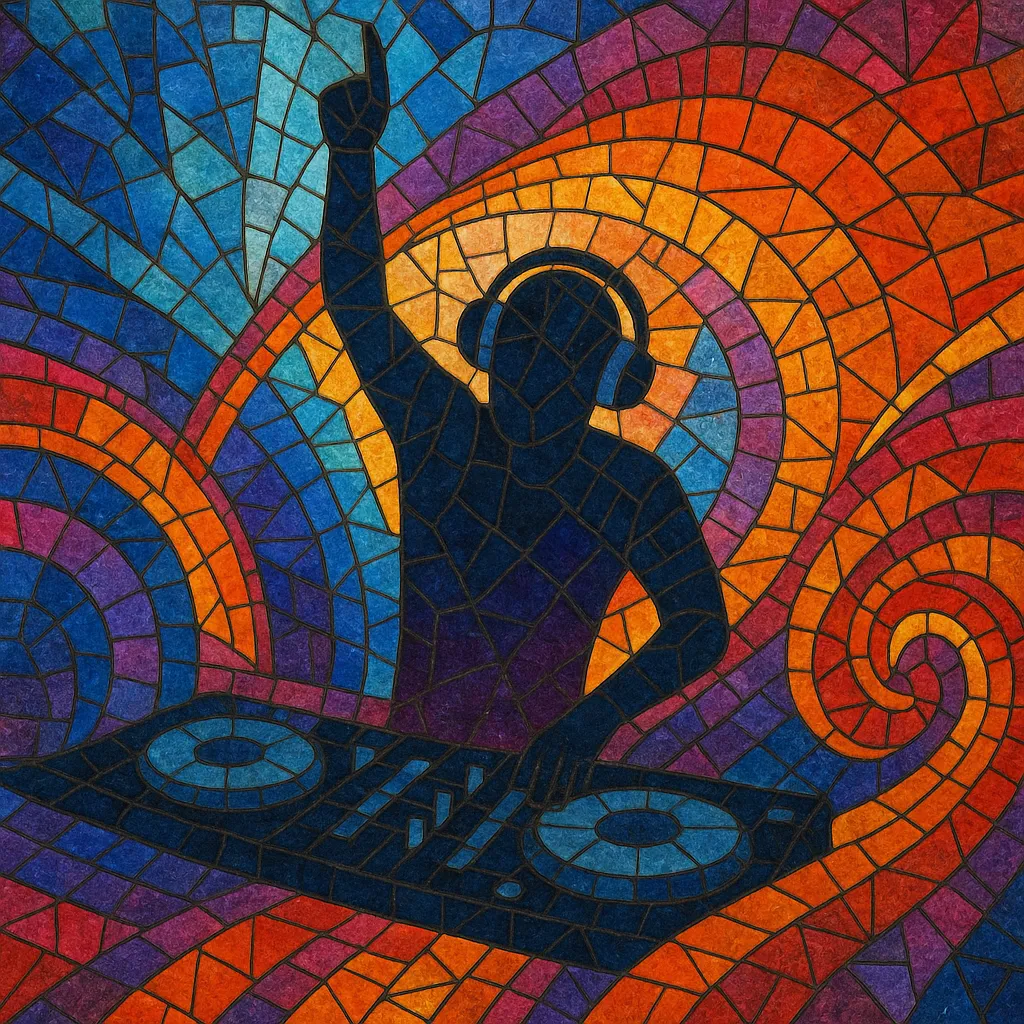EDM (Electronic Dance Music) refers to the mainstream, festival-oriented wave of electronic dance styles that rose to global prominence in the early 2010s. It emphasizes high-energy drops, ear-catching toplines, and crowd-pleasing arrangements designed for large stages and mass audiences.
Musically, EDM typically sits around 124–130 BPM with a strong four-on-the-floor kick, wide supersaw leads, bright plucks, and heavily sidechained pads and basses for a pumping feel. Tracks are structured around tension-and-release: intros and builds lead to explosive drops, followed by breakdowns that rebuild energy. Vocals and pop-style songwriting frequently appear, enabling crossover success on radio and streaming platforms.
EDM’s sonic DNA traces back to house (Chicago), techno (Detroit), trance (Europe), and Eurodance. Through the 1990s and 2000s, these club forms matured in underground and festival circuits, spreading globally via raves, superclubs, and early mega-festivals. By the late 2000s, a bolder, stadium-scaled sound—often streamlined and pop-facing—began to coalesce, especially around electro house and progressive house.
The term “EDM” became widely used (especially in the United States) to describe the surging, festival-ready movement. Artists and hits by Swedish House Mafia, Avicii, Calvin Harris, David Guetta, Tiësto, Skrillex, and Zedd crossed into Top 40 charts. Festivals like Ultra, EDC, and Tomorrowland expanded rapidly; big-room aesthetics (128 BPM, supersaws, massive build-ups and drops) dominated main stages and radio.
As the initial big-room peak cooled, the sound diversified. Tropical house, future bass, future house, slap house, and hybrid trap brought different textures and tempos, while pop continued to incorporate EDM production tropes. Meanwhile, producers refined live/DJ performances with advanced visuals, time-coded shows, and hybrid sets.
EDM normalized electronic production in mainstream pop, reshaped festival culture, and accelerated cross-Atlantic collaboration between US and European scenes. Its production techniques—sidechain compression, riser/drop structuring, festival mixdowns—remain foundational across contemporary dance and pop.


